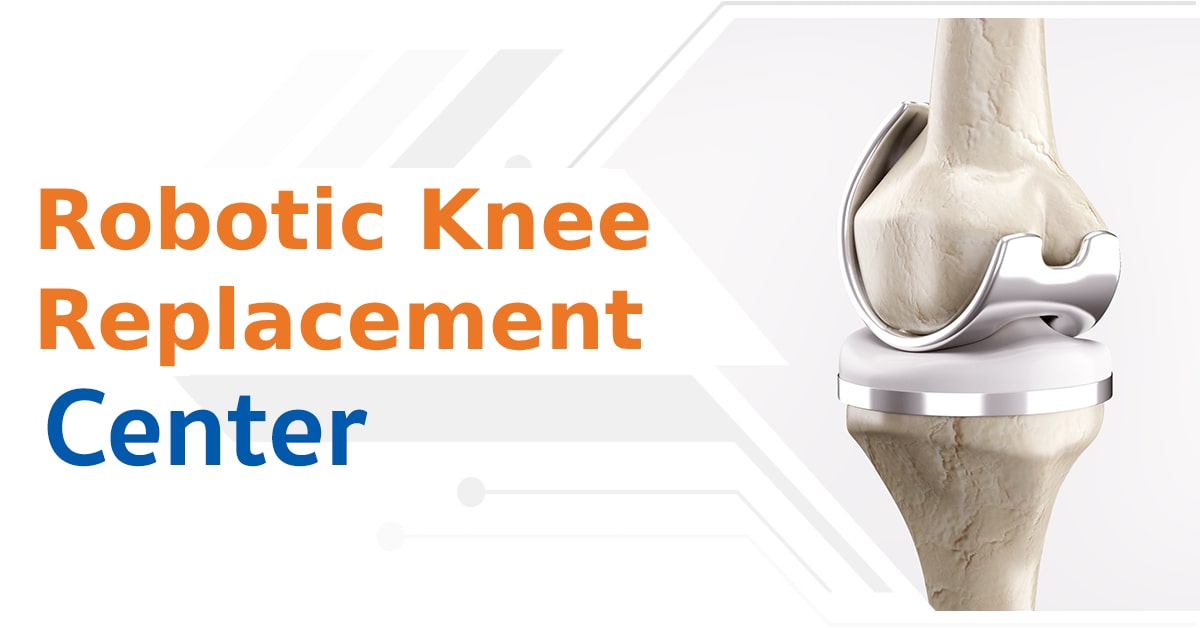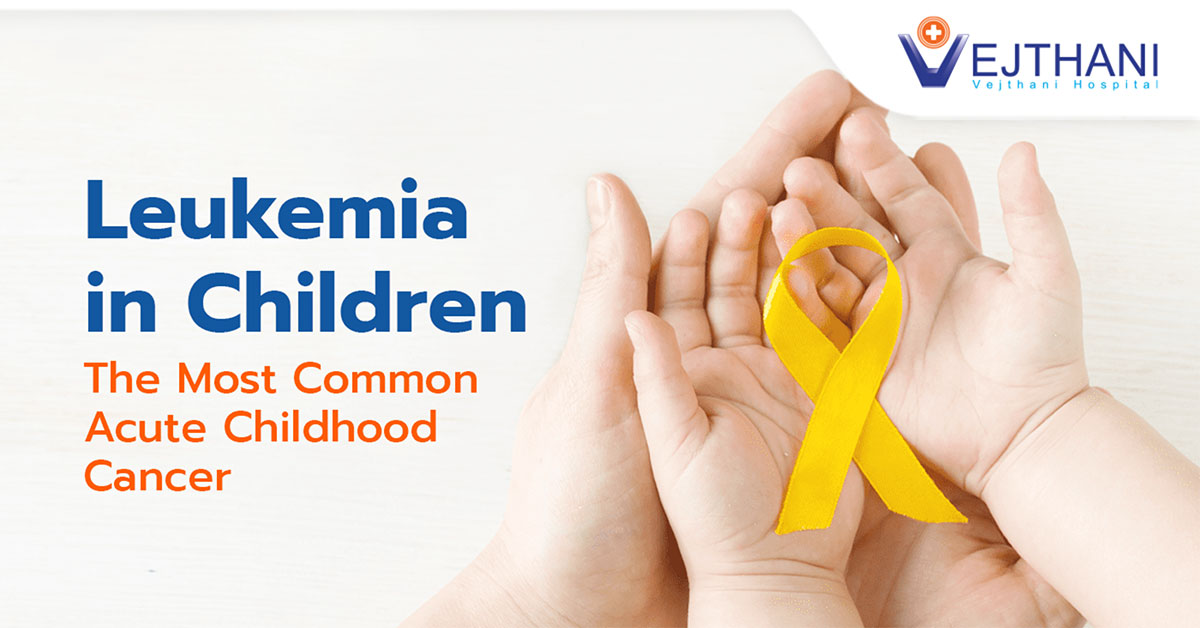
Keratosis pilaris
Overview
A benign skin condition called keratosis pilaris typically affects the upper arms, thighs, cheeks, or buttocks and is characterized by dry, rough patches and small bumps. Usually, the bumps don’t itch or pain.
Keratosis pilaris is frequently seen as a common skin variation. It is not preventable or curable. However, you can treat it with prescription lotions and moisturizers to aid with skin appearance. By the age of 30, the problem normally goes away.
Symptoms
Although it can happen at any age, small children are more likely to have keratosis pilaris. Symptoms consist of:
- Painless small bumps on the cheeks, upper arms, thighs, or buttocks
- Rough, dry skin where there are bumps
- Goose flesh-like bumps that resemble sandpaper
- Getting worse when dry skin and low humidity are brought on by seasonal variations
For keratosis pilaris, treatment is typically not required. However, you should see a dermatologist or your doctor if you’re worried about your child’s or your own skin.
Causes
The accumulation of keratin, a hard protein that shields skin from chemicals and infections, is the cause of keratosis pilaris. The keratin causes rough, bumpy skin patches by obstructing the hair follicles’ opening.
The cause of keratin accumulation in keratosis pilaris patients remains unknown. It may occur in conjunction with a hereditary disease or skin disorders like atopic dermatitis. Keratosis pilaris often worsens in those with dry skin.
Risk factors
Babies, toddlers, children, and teenagers are usually more likely to have keratosis pilaris, which frequently gets worse around puberty.
If someone in your family has keratosis pilaris, then your chances of getting it are higher. Because of this, doctors and researchers think that specific genetic characteristics could be the cause.
Additionally, keratosis pilaris is more likely to occur if you have:
- Obesity
- Diabetes
- Asthma
- Hypothyroidism
- Cushing’s syndrome
- Down syndrome
- Fair or light skin
- Specific skin disorders, such as ichthyosis vulgaris or eczema




















